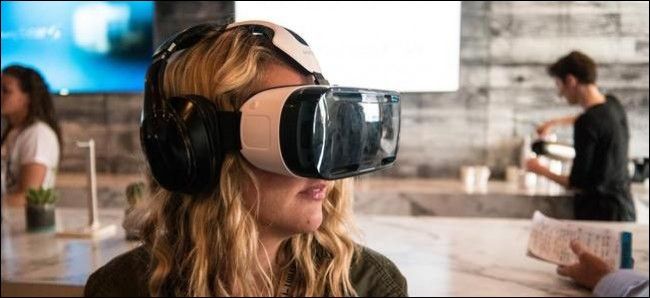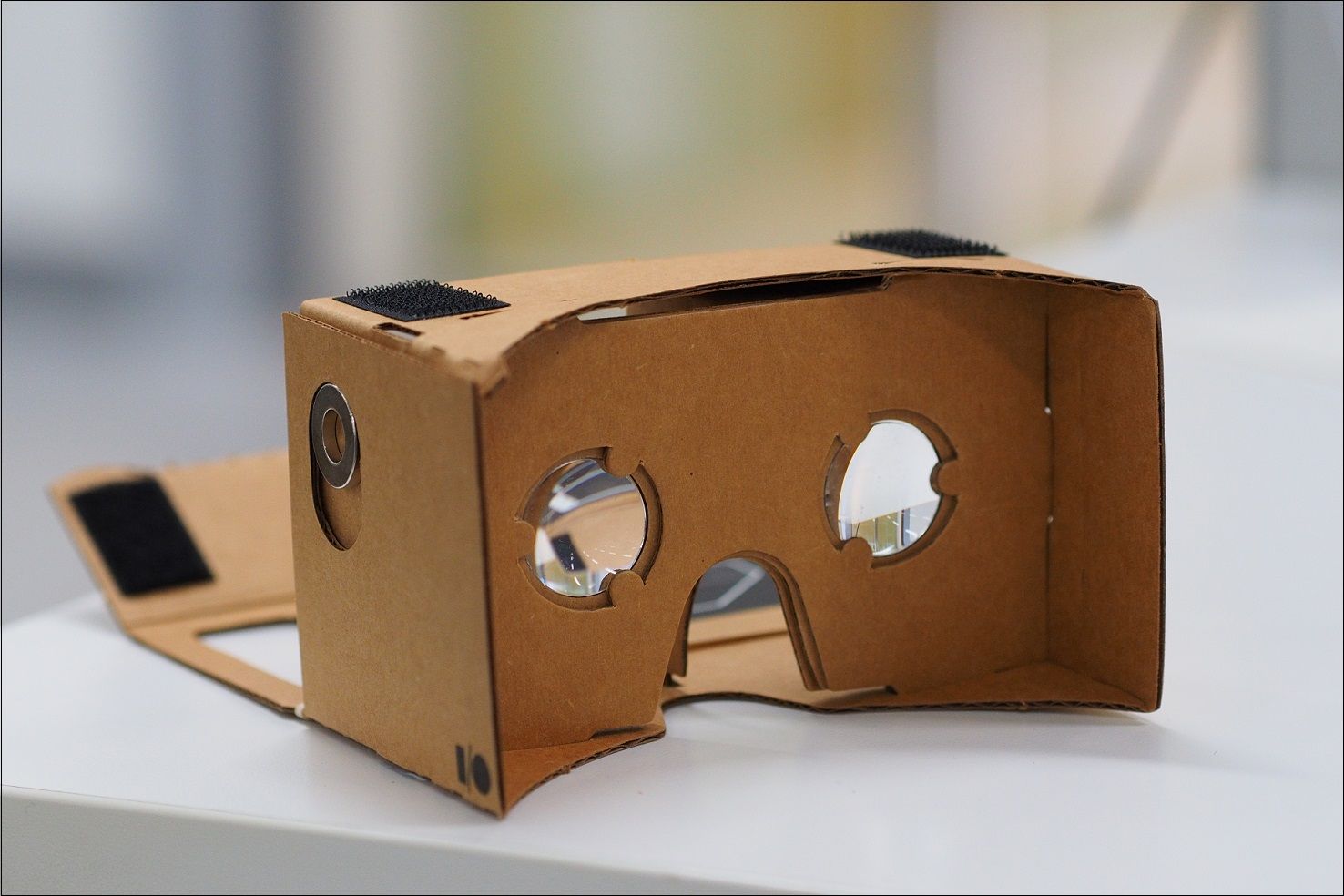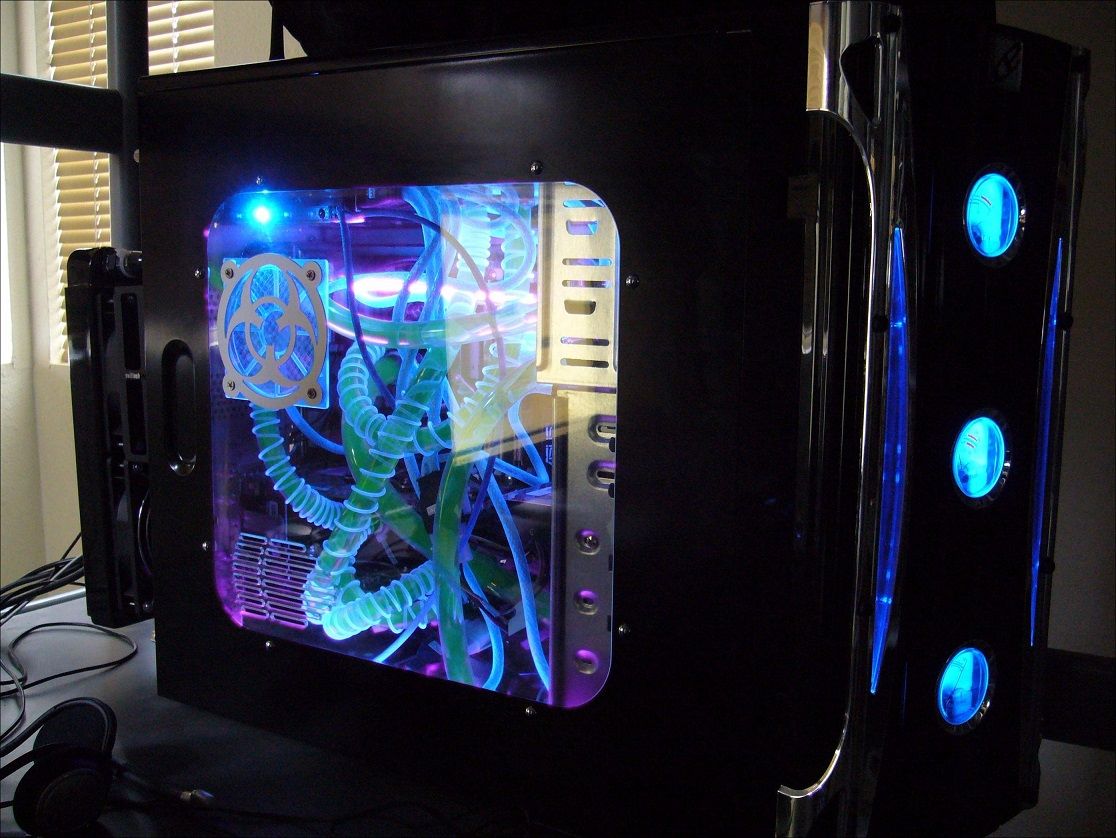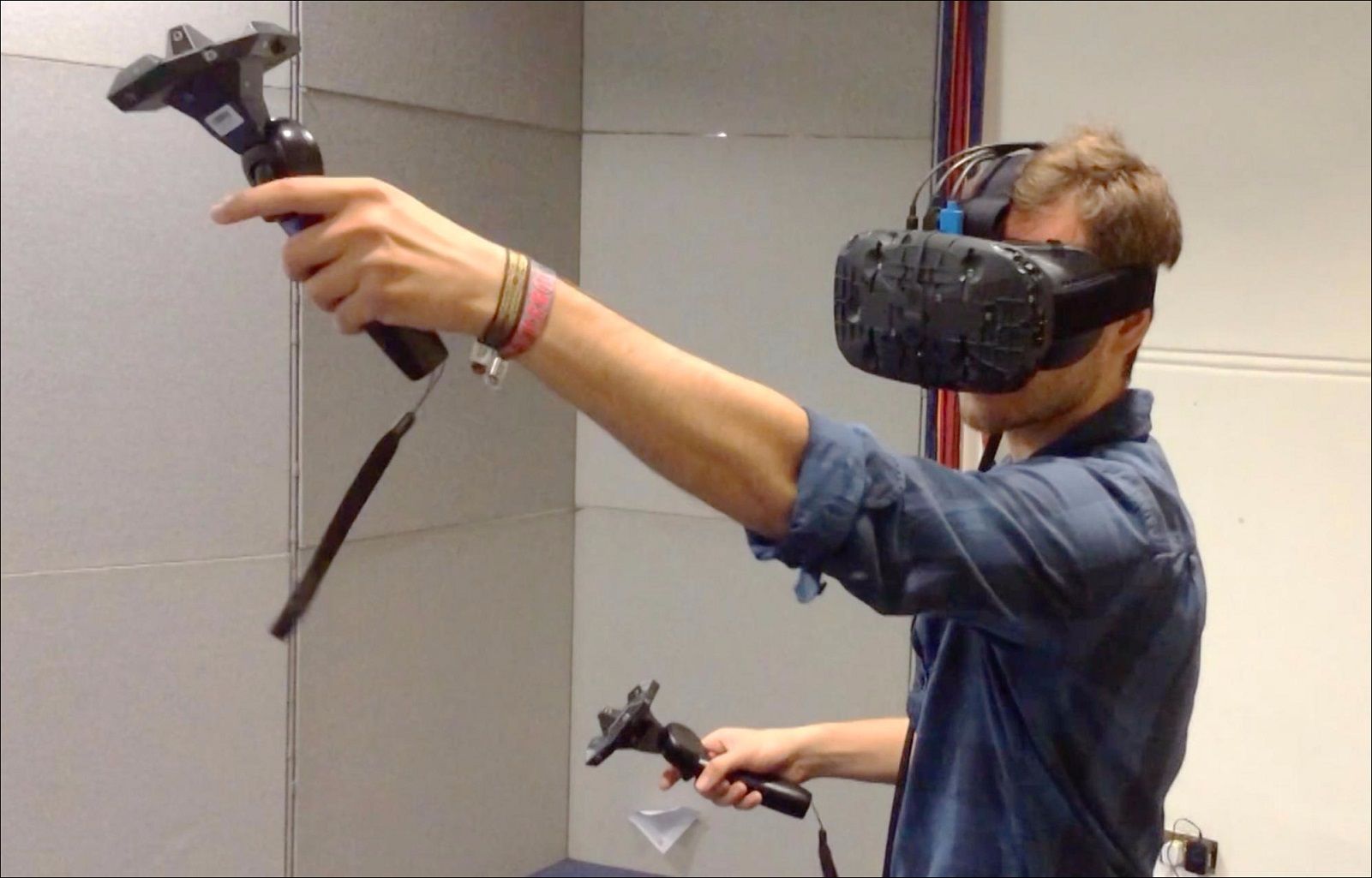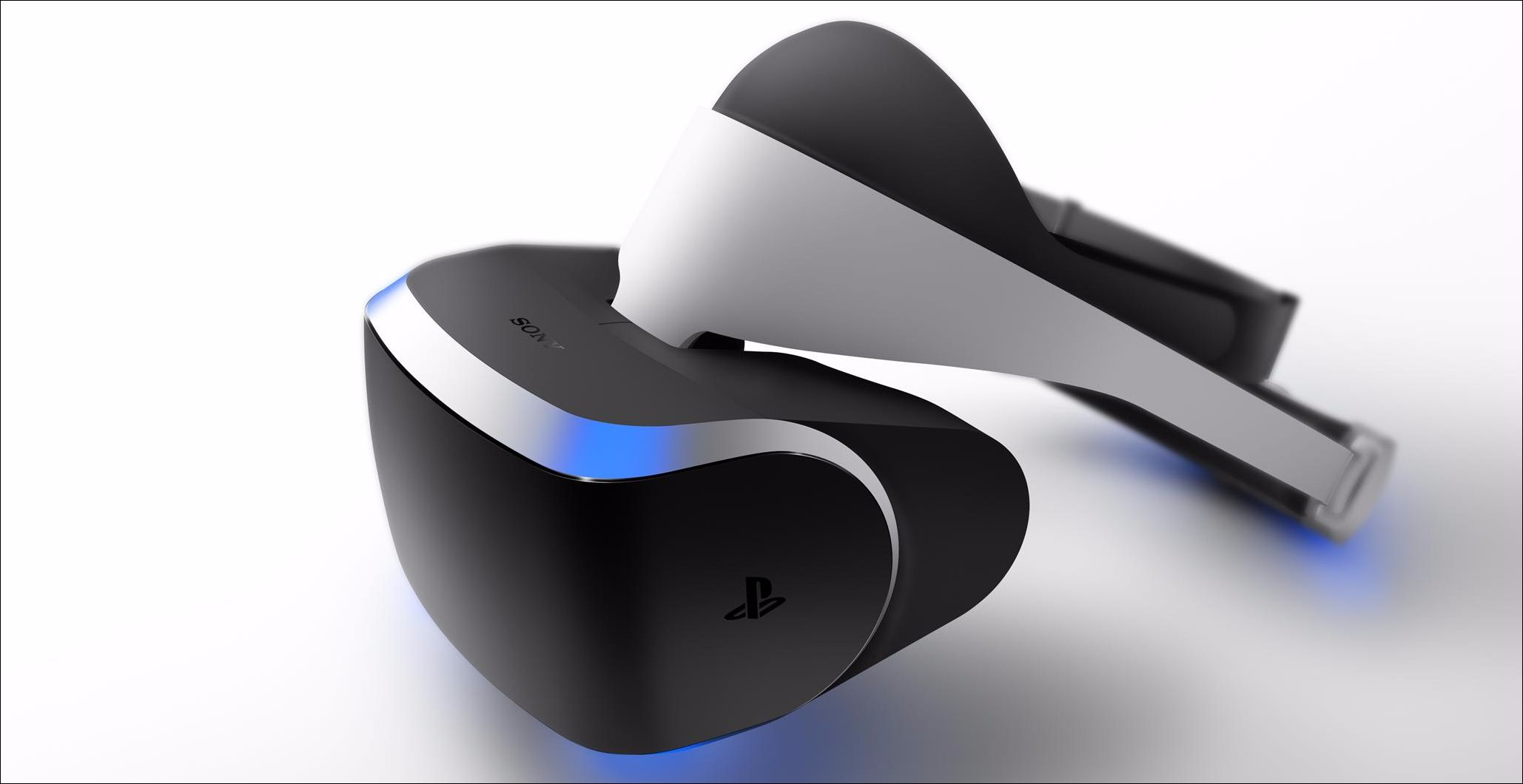After years of waiting, dozens of different developer kits, and more beta tests than we can shake a stick at, the era of truly immersive virtual reality headsets is finally upon us. Both HTC's Vive and Facebook's Oculus Rift are primed and prepped to hit shelves for everyone to buy for themselves...but with HD screens and gigabytes of extra data for things like movement and spacial positioning, what do these systems really need to get up and running completely?
The Headsets
As of this writing, there are currently two "VR" headsets that are already on the market: Google Cardboard and the Samsung Gear VR. However calling these true VR is being a bit too kind. Both the Cardboard and the Gear VR are simply mounts that you can stick your phone into with two lenses that create a "VR-esque" experience, though this is limited both by the phone you have and the graphics chip it uses.
Coming soon are the Oculus from Facebook, the Vive from Valve and HTC, and the PlayStation VR from Sony (previously known by its codename, Morpheus). While the first two are designed for use with gaming PCs, Sony's option will be exclusive to the PlayStation 4 and its associated games. We don't know whether or not Microsoft intends on dipping their hat into the VR ring anytime soon, especially considering how full their hands already are with their upcoming HoloLens AR (augmented-reality) project.
Both the Oculus and the Vive will be ready from launch to deliver fully immersive experiences straight out of the box, but they'll still need some serious computing power to back them up.
Hardware Requirements
Each PC-based VR headset has its own hardware requirements to get off the ground. Obviously, these will vary on a case-by-case basis depending on the device you get, but we do know from the few details that have been released so far about what you'll need to equip yourself with to be ready by the time the Oculus and Vive hit the consumer market. Oculus has already come out with a list of the minimum specs you should expect to have to get the Rift working at its most basic settings.
First, users will need an Nvidia GTX 970 (or AMD R9 equivalent) graphics card, a beast that often costs over $300 on its own. Both the Oculus and the Vive share similar resolutions on their headsets (1080x1200 per screen, 2160x1200 total), that are running at 90Hz each, which means that it's likely the 970 will represent the absolute minimum for both devices. For comparison sake, on a normal PC, a GTX 970 will run most AAA games with high settings at 1920x1080 and 60 frames per second. So if you want a comparably smooth experience on the Oculus Rift, you'll likely need an even better card.
Next, Oculus recommends that users have at least an Intel i5-4590 processor (or again, an AMD equivalent) along with 8GB of DDR3 RAM, a requirement which will probably jump even higher for the Vive thanks to its two light-tracking towers. As difficult as it is for a computer to take a keystroke and translate that into movement for a character in a game, the act of pulling in data from dozens of different IR sensors and two cameras and then turning that into you looking left or walking right is exponentially more difficult and taxing on your system.
If you want to see if your computer can handle VR, check out SteamVR's performance test and Oculus' Rift Compatibility Tool. Steam's test will do a benchmark of your system and tell you what kind of performance you can expect in VR, and Oculus' tool will check your hardware against a list of compatible devices to tell you what, if any, problems you might encounter.
Space Requirements
When talking about VR, it helps to know what kind of virtual reality experience the different headsets are able to offer. While the PlayStation VR and Oculus Rift will only need as much space as you can muster between your screen (or anywhere you mount the tracking camera) and your chair, the Vive is what the company calls "spacially immersive", which means that all your movements in the real world will be translated into movement in the virtual world at a 1:1 ratio.
The Vive is capable of tracking rooms up to 15-feet long and 15-feet wide, though it can go as small as 8-feet by 8-feet while still providing all the same functionality you'd get out of a larger space. This is no small requirement, however. Finding a spare plot in your home that's completely free of furniture or anything you might trip over while you're blinded by the headset is a tall order, and unless people are shopping for their next home with an extra "VR-exclusive" room addition in mind, it's hard to predict how well the Vive will do in comparison to the Oculus given the need for so much extra space.
Financial Requirements
In the case of VR, there's no getting around the hard fact: VR won't be cheap if you're looking for a truly virtual 100 percent immersive experience. While technically there are cheaper alternatives like Google's Cardboard and Gear VR ($25 and a compatible smartphone in the case of the former, $400 and a Galaxy Note 4 for the latter), in reality these sorts of introductions to the technology are just that: an introduction.
If you really want the full-on feeling of a spaceship trying to shoot you out of the sky or a monster lurking just around the corner, you'll need to be ready to drop a substantial chunk of cash on the hardware and software that's necessary to get it working at its best. Both Oculus and Vive intend on bringing entire worlds into your living room in ways that we've never seen before, and in order to do so they're going to have to have a decent bit of horsepower available to back them up.
The Oculus Rift is now available for pre-order, with a hefty price tag of $600. Coupled with the necessary PC hardware, Oculus CEO Brendan Iribe says consumers should expect to pay upwards of $1,500 to get one of their units fully functional, including the cost of both the headset and the PC necessary to turn it on. That's a big hit for the average customer, which means that at least for the first few months of sales, it's expected that only the most passionate and wealthy gamers will be standing in line outside their local Best Buy to get their hands on the first version. (Though you may not have to pay the full $1,500 up front, if you already have a gaming PC you can upgrade.)
We attempted to build a computer containing all of the company's minimum specifications, which came out to around $1,100, which puts Oculus' estimations close, but a little under what you'll really end up paying since the headset itself is $600. Pricing details for the Vive or PlayStation VR are still left up to speculation and rumors for the time being.
Like any new technology, virtual reality is expensive. You need a seriously beefy computer to run the hardware, and the headsets themselves are expected to sail into the hundreds at minimum, a price you'd already expect to pay for a full-fledged console on its own.
That said, as anyone who's tried a Vive or Oculus on themselves can attest, you simply can't put a price on the way being immersed in these environments makes you feel. I've personally had the pleasure of using both, and can say unequivocally that I'm already stacking my chips for the day these go on sale, because VR really is that good. It's gaming on a level like nothing you've ever experienced before, a whole world unto itself, and although we may have to pay a premium to get the chance to dive in early, I can't wait.
Image Credits: Maurizio Pesce/Flickr, Nan Palermo/Flickr, RoadToVR, Wikimedia 1, 2 Sony

